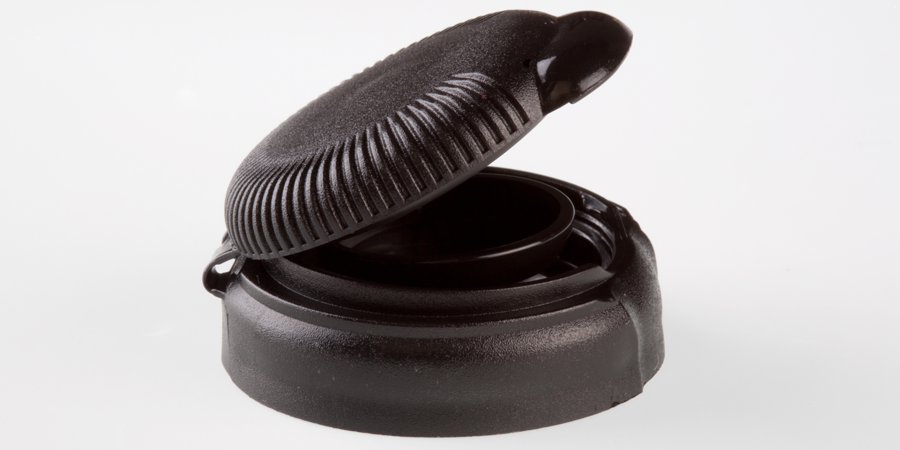Contact us
Sending Email...

FOCUS ON SUSTAINABILITY
Recycled plastic: Opportunities & challenges
The environmental impacts of plastics are most often associated with two main issues, that being, plastic waste and carbon dioxide emissions. Both of which can be addressed simultaneously by focusing on plastic recycling. The use and reuse of recycled plastic is the single most important aspect in order to reduce the amount of CO2 emitted. Recycling plastic also incentivizes and prompts companies as well as individuals to better collect and recycle plastics which reduces the amount of plastic that ends up in nature.
A few obstacles
With all this in mind, we at Nolato want to use as much recycled plastics as possible, doing everything we can to encourage our customers of adopting it whenever it is possible. Unfortunately, there are a few obstacles in the way, slowing down and in some cases inhibiting the adoption of recycled plastics by our customers. For instance, due to slightly outdated regulations within the medical industry, recycled plastic must not be used in pharmaceutical packaging. Because of this, it is crucial to create a system where this plastic is recycled and reused in other sectors instead.
A surface of virgin plastic
Due to the nature of the recycling process that is in use today, recycled plastic often comes out having beauty marks, such as small color spots. This problem can be dealt with in a number of ways, one of which is hiding the recycled plastic with a surface of virgin plastic. By doing this we are able to produce plastic products with a very high percentage of recycled plastic but with the same look and finish as a product made from virgin plastic.
A black coloring
Another way of hiding the spots is by coloring the recycled plastic black. Most often this is done with a pigment called Carbon Black. The problem that emerges when using this pigment has to do with the current recycling system. Plastic colored with Carbon Black can not be recognized by the Near Infrared (NIR) sorting systems that is used for sorting plastics today. This means that the black, otherwise recyclable plastic, is not recycled and goes to waste.
We at Nolato do not
have the ability to directly affect the current recycling system. Instead, we are alongside with one of our customers, looking to address this issue by using different pigments. Pigments that are detectable by the NIR system whilst still providing the same black coloring.

A change in mindset
The third way to deal with spotted recycled plastic has to do with a change in mindset. Our Purchasing Director, Camilla Magnusson, put it best:
”If we could accept spotted plastic the industry would drastically change. It is basically about acceptance and a changed look on plastic.”
In other words, if we could, as we are sure some end-users would, accept a plastic that looks the way recycled plastic looks, recycled plastic could be used to a much greater extent than it is today.
- Sustainability
- Nolato
You might also be Interested in
SUSTAINABLE DEVELOPMENT
Creating sustainable solutions
STORIES
Nolato plants trees in China
STORIES